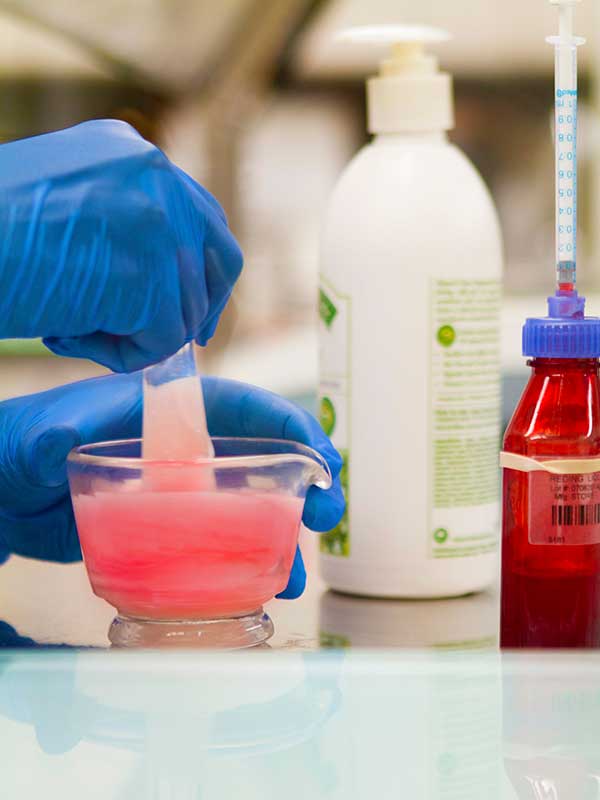Pain Management
Our individualized approach to healthcare allows us to address your specific pharmaceutical needs. To learn more about how our compounding pharmacists can help create customized solutions to your specific concerns, contact us.

Our individualized approach to healthcare allows us to address your specific pharmaceutical needs. To learn more about how our compounding pharmacists can help create customized solutions to your specific concerns, contact us.
Pain management is an essential component of our pharmaceutical practice. Our compassionate staff understands that, whether chronic or acute, uncontrolled pain complicates living and makes it harder to enjoy life to the fullest. Experience has taught us that pain varies from person to person, and we have learned that customizing the dosage form and strength of patients’ medications may help meet their individual needs.
People are unique, and pain solutions should address individual patient needs. Optimal pain treatment may involve the use of multiple medications possessing pain-relieving properties. Studies have shown that, by combining various agents that use different mechanisms to reduce the sensation of pain, smaller concentrations of each medication can be used.1
Additionally, topical and transdermal creams and gels can be specially formulated to provide localized concentrations at the application site. These customizable solutions allow for direct pain targeting, and because they are not absorbed through the gastrointestinal system, side effects associated with oral administration can often be avoided.2
Our staff will work with you and your healthcare practitioner to customize your medications and meet your individual needs.
Contact us to schedule your consultation today.
1 Helmy, Sanaa A., MD, and Ayham Bali, MD. “The Effects of the Preemptive Use of the NMDA Receptor Antagonist Dextromethorphan on Postoperative Analgesic Requirements.” Anesthesia and Analgesia Volume 92 Issue 3 (2001): 739-44. Web. 10 Feb. 2014.
2 Rolf, C. “Intra-articular Absorption and Distribution of Ketoprofen after Topical Plaster Application and Oral Intake in 100 Patients Undergoing Knee Arthroscopy.” Rheumatology 38.6 (1999): 564-67. Print.


